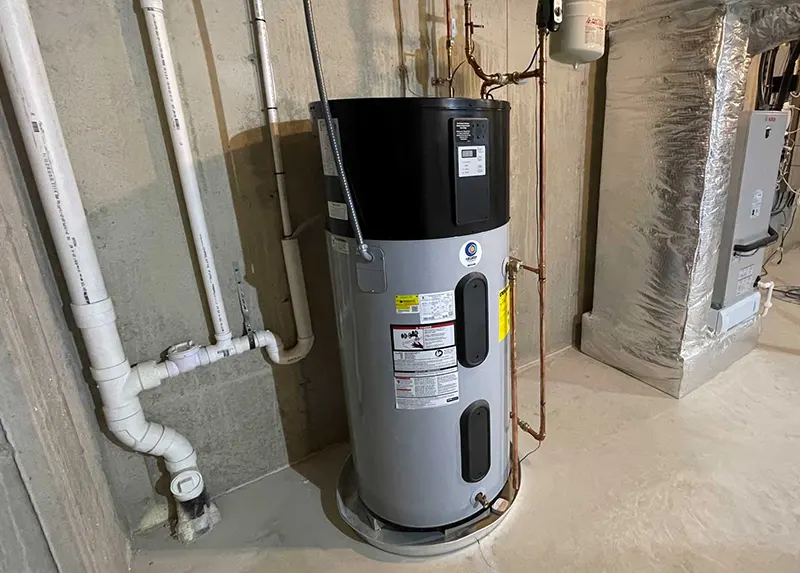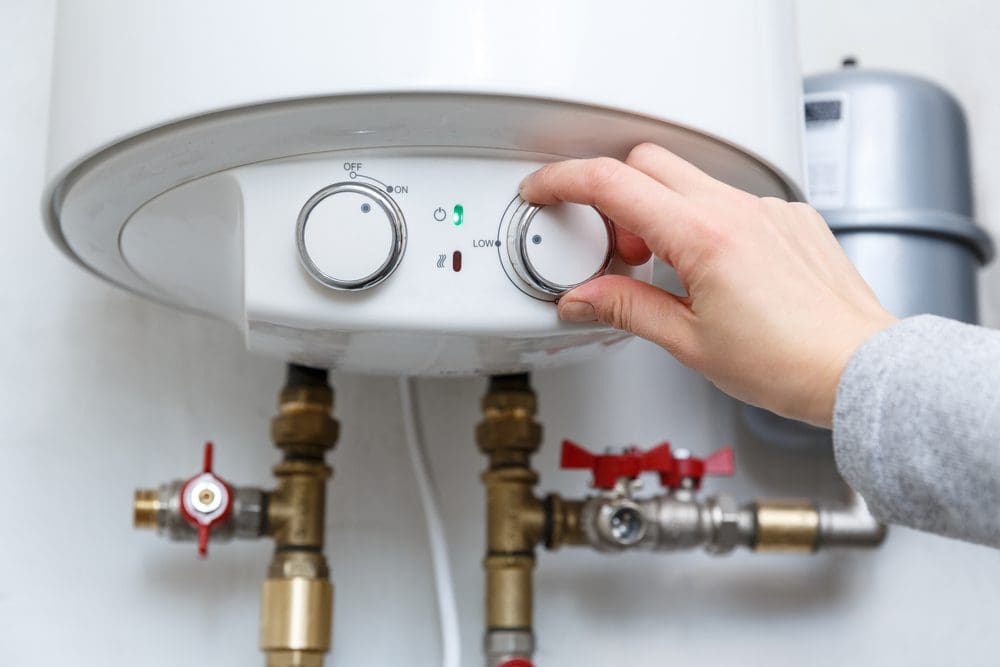Comprehensive Drain Cleaning Services to Maintain Healthy Plumbing
Comprehensive Drain Cleaning Services to Maintain Healthy Plumbing
Blog Article
Full Overview to Water Heating SystemSetup and Substitute
Recognizing the ins and outs of hot water heater setup and replacement is crucial for home owners looking for to make sure effectiveness and reliability in their warm water supply. From choosing the appropriate type and size to executing a smooth setup procedure, a number of aspects should be thought about to prevent common pitfalls. This overview will certainly provide you with the required steps and understandings to browse the complexities of this home enhancement task, while likewise highlighting vital upkeep practices that can lengthen the life of your system. As you check out these elements, you may discover on your own reassessing your present setup and determining locations for improvement.
Sorts Of Hot Water Heater
When considering water heater installment and substitute, it is important to understand the various sorts of water heating units readily available in the marketplace. The most typical kinds consist of tank water heaters, tankless hot water heater, heatpump hot water heater, and solar water heaters.
Storage tank water heating systems are traditional systems that store a certain volume of warm water, making them readily available when required. In comparison, tankless water heaters supply warm water on demand, getting rid of the demand for storage.
Warm pump water heaters use power to transfer heat from the air or ground to warm water, supplying significant energy financial savings however calling for more space and particular installment problems. Lastly, solar water heaters harness solar power to warm water, offering an eco-friendly alternative with potential long-term expense financial savings, although they often require a backup system for gloomy days.
Recognizing these alternatives makes sure informed choices relating to setup and replacement, satisfying certain requirements and preferences.
Picking the Right Dimension
Selecting the appropriate dimension for a water heating unit is essential to ensure optimum efficiency and efficiency. A device that is as well small will certainly have a hard time to meet family demands, leading to irregular hot water schedule and boosted energy intake. Conversely, an extra-large water heating unit can result in unneeded energy waste and greater energy costs.
To identify the right size, consider the family's top hot water use. This can be calculated based on the variety of residents and their regular hot water needs. A household of four may call for a water heater with a capability of 50 to 80 gallons, depending on the use patterns, such as simultaneous showers and laundry.
In addition, evaluate the recuperation price, which measures exactly how quickly a heating unit can restore hot water after it has been made use of. For tankless versions, focus on the flow price, determined in gallons per min (GPM), to guarantee it meets the home's synchronised demand.

Setup Refine Summary

Following, the old system must be detached and removed, making sure to comply with neighborhood codes and guidelines regarding disposal. As soon as the old unit is out, the new hot water heater can be placed in location. This step includes linking the supply of water lines, ensuring that all installations are leak-free and safe and secure.
After developing water links, it's vital to connect the power supply, whether electrical or gas, following the maker's guidelines carefully. As soon as all connections are made, the system must be full of water, and the power can be transformed back on. Ultimately, it is essential to inspect for leakages and guarantee the hot water heater is functioning properly prior to completing the setup procedure.
Common Installment Blunders

An additional frequent error is ignoring to adhere to local codes and policies. Stopping working to stick to these criteria can not only lead to safety risks however might additionally result in pricey fines or the need for costly reinstallation.
Inaccurate pipes links are additionally a widespread blunder. Failing to secure connections or using the wrong sort of fittings can result in leaks and water damage. Additionally, ignoring the value of a correct drainpipe frying pan can lead to considerable water damages if leaks do happen. Lastly, inadequate insulation of pipelines can bring about heat loss, reducing efficiency. By avoiding these usual installment errors, house owners can guarantee their hot water heater operates safely and successfully, optimizing performance and longevity.
Upkeep Tips for Longevity
Proper upkeep of a hot water heater is crucial for its durability and optimal efficiency. Regular assessments and servicing can avoid pricey repair work and expand the home appliance's lifespan. Begin by inspecting the temperature level setting; it should commonly be set in between 120 ° F and 140 ° F for optimal power efficiency and security.
Every 6 months, flush the container to remove sediment build-up, which can impair heating performance and cause rust. To do this, shut off the heater, link a tube to the drain valve, and allow the water run until it is clear.
Anode rods a fantastic read need to be inspected every year and changed when they are corroded. These poles help avoid container deterioration by attracting destructive aspects in the water.
In addition, examine the pressure relief valve consistently to ensure it is functioning properly. This shutoff is essential for preventing excessive pressure accumulation within the storage tank.
Finally, take into consideration setting up a specialist upkeep check every few years for comprehensive inspections and servicing. By sticking to these upkeep tips, home owners can substantially improve the efficiency, safety, and lifespan of their hot water heater, ensuring dependable hot water for many years to come.
Conclusion
In conclusion, correct setup and upkeep of water heating units are important for making certain effectiveness and long life. By comprehending these essential elements, homeowners can accomplish a reliable hot water supply while decreasing prospective concerns related to water heating unit procedure.
Understanding the ins and outs of water heater setup and substitute is essential my latest blog post for house owners looking for to guarantee performance and reliability in their hot water supply.Storage tank water heaters are standard systems that save a certain quantity of hot water, making them easily available when needed. In comparison, tankless water heaters offer warm water on need, removing the need for storage. Choosing a water heating system that is either too small or as well huge can lead to inefficiencies, resulting in poor warm water supply or excessive energy usage.
By understanding these crucial elements, homeowners can achieve a trusted warm water supply while minimizing potential issues related to water heater operation. drain cleaning.
Report this page